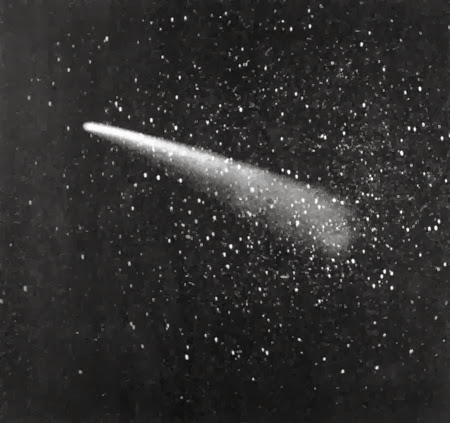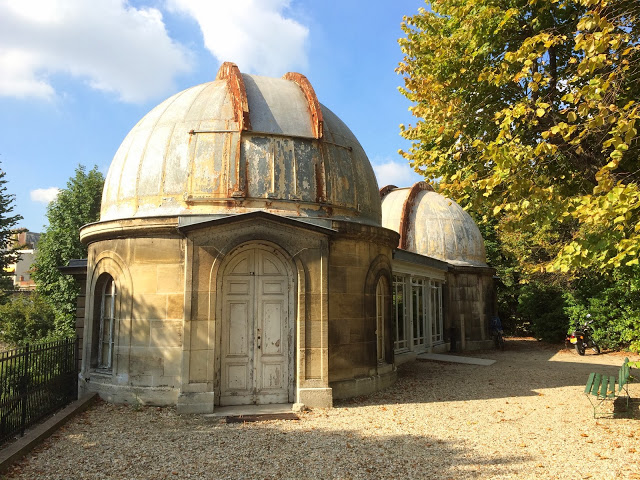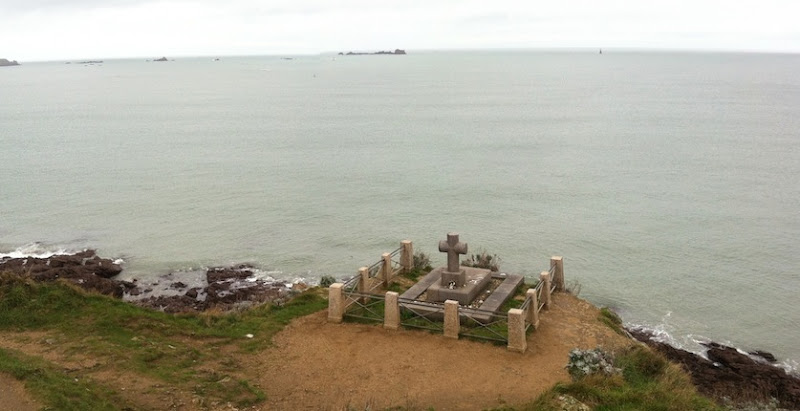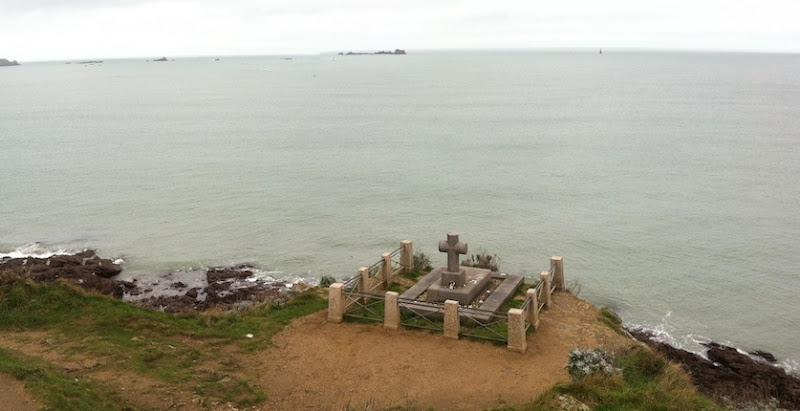How survey astronomy began, part I: An international conference is held
It’s time to get this blog back on track and talk about SCIENCE (….”Mr. White”, if you understand the reference). It’s been too long.
Last weekend (14th-15th of September) was “Journée du patrimoine”, that wonderful day in which buildings normally closed are open to the public. I’ve seen any number of interesting things in Paris over the years. However, this year, I decided it was about time I was on the other side, so to speak, and I volunteered to assist at that august institution the IAP shares its grounds with, the “Observatoire de Paris”. The IAP is the oldest CNRS lab in France, and this year we are celebrating our 75th anniversary, but the Observatoire is much older — it was founded in 1667. It is probably one of the oldest Observatories in the world and probably one of the only ones in which there are still real astronomers doing real research. All the other institutions from that distant epoch have been either demolished or converted to museums and their staff shuttled off to unhappy ugly concrete buildings in the suburbs. So you may imagine what a rich heritage of science and learning there is to talk about when considering Paris Observatory (and how much Paris has transformed itself around the site of the observatory in the last three and half centuries, but that is another story).
There are so many interesting stories concerning the Observatory, but perhaps the most fascinating for me is the “Carte du Ciel” project — because it is no underestimate to say that with this undertaking modern international survey astronomy really began. There is a direct link between the Carte du Ciel and the Euclid project I’m involved in.
 |
| Modern survey astronomy started here ! |
But let’s take a step back. You have just left the IAP and are crossing the observatory gardens. On your left you see two small, rusted domes. The paint is peeling off. These are the domes of the “carte du ceil” observatory. Open the door, and inside the left dome, you can see a small refracting telescope. There is a large square metal box just below the eyepiece. Now take a step even further back. It’s end of the 19th century. Paris under the second Empire. Only a few years previously, in 1882, astronomers in the Cape of good hope, took some of the first images of the heavens with photographic plates — Halley’s comet — and they were astonished to see many, many stars on each plate. The image below shows of one of these first “deep sky” images made with photographic plates (by a Dr. David Gill). I found a scan of this plate (from H. H. Turner’s “Astronomical discovery” and have included it below):
 |
| The first deep sky image of all time ! |
It became clear very quickly that the information gathering capacity of photographic plates surpassed anything which was available before then. Moreover, photographic measurements had the great promise of being objective, unlike hand-drawn sketches and notes (think of those “canals” on Mars). Now the only thing missing was a telescope optimised for photographic measurements.
In Paris two opticians, the Henry brothers, working out of their garden shed (as far as I could tell) had a design for a refracting telescope which could provide a wide field of view, 2 degrees on a side. A second-Empire start-up! Admiral Mouchez, the director of the Paris observatory, impressed by their successes, ordered the construction of a much larger telescope with an objective of 34 centimetres. This would later become the first telescope of the “carte du ciel project”. Photographic plates attached this instrument could easily reach stars of V~12 or 13 magnitudes, unheard of at the time, and on each plate hundreds of stars were visible.
Such an instrument would be perfectly optimised to realise a modern survey of sky using photographic detectors. These was one problem — from Paris, only a small fraction of the heavens are visible. To survey the entire sky, observatories would be needed in the four corners of the world. Everyone would have to agree on what parts of the sky they would survey and what instruments they would use. To make progress… there would be to have a meeting. So an international conference in was held in April 1887 in Paris Observatory, under the instigations of the paris Academy of Science (suggested by Mouchez) — “The international astrophotographic congress”. It started on Saturday, 16th of April 1887, at 14:00, (so I should really not complain about meetings starting on Sunday). Was this the first international astronomy meeting? It was certainly the first international meeting to whose principal objective was a sky survey.
Now, today, in the 21st Century, everything has been virtualised … and I found, digging around just a little bit, the conference proceedings for this meeting. Well, not exactly: it is an account of the meeting written by a one A. G Winterhalter, who represented the American Academy of Sciences (and is published here as an annex to the 1887 proceedings of the United States Naval Observatory’s). Steam-ships and trains, natural products of the industrial revolution, meant that such an international conference could take place for the first time (Winterhalter writes in his introduction that his steam-ship voyage from New York to Cherbourg takes 11 days, and during the trip he met another astronomer who was attending the same conference – so nothing changes there!). There is a table listing attendance at the conference, broken down by country:
 |
| Who attended the first international astronomy conference |
Winterhalter notes that “the proceeds were conducted entirely in the French language”. Hey, those were the days (sorry, French colleagues)! It’s interesting to read Winterhalter’s account of the meeting: a large part of the proceedings is concerned with finding the best possible technical solutions and fixing the parameters of they survey (to which everyone had to agree to). At the meeting, everyone agreed to use the Henry brothers’ telescope, paired with a standard photographic emulsion.
One important question which had to be addressed was: what would be the limiting magnitude of the survey? It was already clear at the outset that this would be a massive undertaking, because at the faintest limits accessible by the Henrys’ telescope there would be an overwhelming number of stars. Millions and millions. How could catalogues be made on paper containing all those stars? The could never be printed, they would simply be too large.
A compromise solution was adopted: the survey would be in two parts: a catalogue release containing all stars to V < 11 and an “imaging data release” which would consist of reproductions of the plates themselves and reach fainter magnitudes – down to V< 14.
Well, that was the plan… More coming up in the second post..



